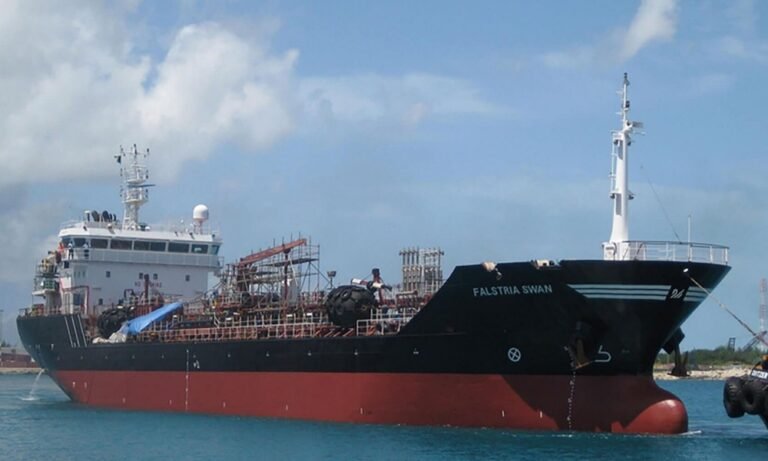A Breakthrough in Ship Emissions Monitoring: Uni-Tankers Introduces Black Carbon Sensor
A Danish partnership has achieved a significant milestone by claiming the world’s first ship fitted with a new type of flue gas sensor that can measure emissions of soot particles, also known as ‘black carbon,’ in real-time. Uni-Tankers, in collaboration with the Danish Technological Institute and emission control tech specialist Green Instruments, has successfully installed the sensor on board the 2006-built 6,900 dwt Falstria Swan.
This innovative sensor, developed by Green Instruments, marks a crucial step towards reducing black carbon emissions, the second largest maritime source of global warming after CO2. The sensor installation is part of Project Cleanship, supported by funds from the Danish Environmental Protection Agency, the Maersk Mc-Kinney Moller Centre for Zero Carbon Shipping, Danish Maritime, and Danish Shipping.
According to Sonny Baekdahl Trudslev, development manager at Green Instruments, “This is the first time ever that it is possible to accurately measure black carbon emissions in real-time and under realistic conditions on a ship. This means that we have a much better understanding of how emissions in shipping can be reduced.”
Black carbon, formed by incomplete combustion in ship engines, poses significant health risks and contributes to respiratory and cardiovascular diseases. With impending requirements from the IMO and the EU to reduce emissions of soot particles, including black carbon, this new sensor technology provides a crucial tool for shipping companies to monitor and mitigate their environmental impact.
Project Cleanship not only focuses on black carbon emission studies but also explores the effects of energy-saving measures and new fuel types to guide future investments in cleaner technology within the shipping sector.

